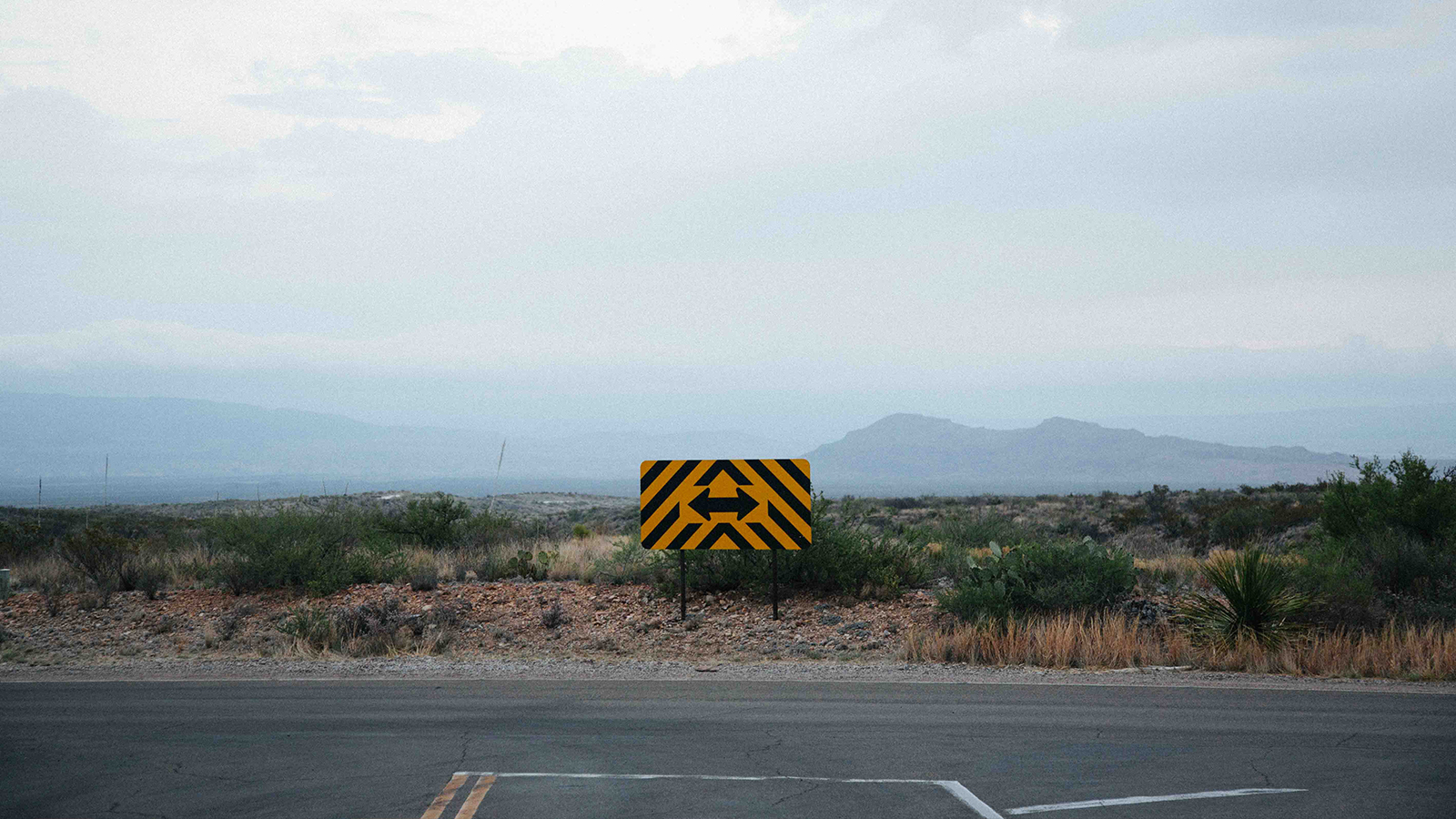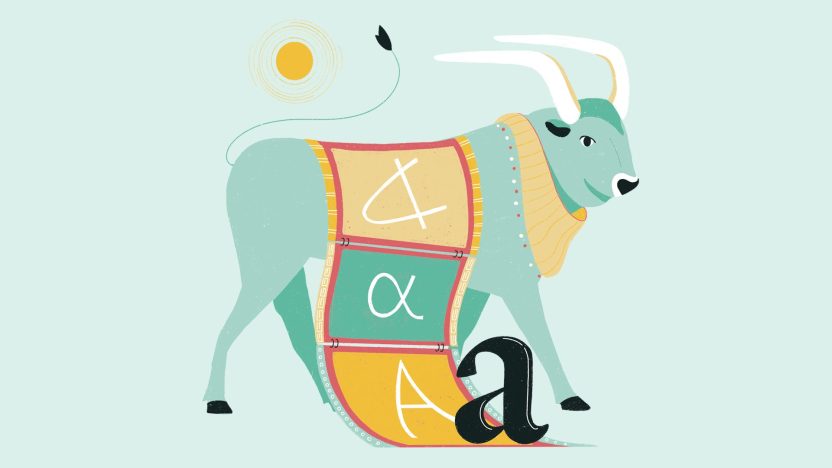Decision making: the thrill of a fork in the road
One often gets a strange impression that the most critical decisions decide themselves.
by Rita Italiano

<span style="font-weight: 400;">An individual’s choices reveal their personality and how they deal with the twists and turns of life. But, above all, their choices have far-reaching ripple effects and shape the fate of others. This cause-effect relationship is at the heart of the thinking of Chester Barnard, the forefather of strategic management. In 1938, writing The Functions of the Executive, he borrowed the phrase “decision making” from the jargon of public administration. Two simple words that shift the paradigm and mark the step from a conceptual phase to a concretely operative one.
Managing risk, understanding the inner workings of human behavior, and new applying cognitive technologies are the key elements to combine. But it doesn’t take much for the path toward the best possible decision to become tainted. Sometimes simply a lack of time complicates matters. In other cases, too many variables in the context make the decision impossible. In yet other cases, the human mind’s computational capacity is the limit, especially under pressure (“bounded rationality”.) And, of course, the amount of information available is also a conditioning factor. It should reduce uncertainty, yet paradoxically sometimes multiplies it, causing the so-called “analysis paralysis” and “decision fatigue.” Lastly, the emotional factor is always lurking, ready to pull the other direction even when you think you know how to keep it at bay.
The amount of information available should reduce uncertainty, yet paradoxically sometimes multiplies it, causing the so-called “analysis paralysis” and “decision fatigue.”
In 1967, the economist Peter F. Drucker, one of the most influential thinkers on management theory and practice, emphasized the need to concentrate on just a few important decisions, suggesting to handle them “on the highest level of conceptual understanding.” Whereas we can make some decisions based on general principle, for others we must delve into the merits of the case, bearing in mind that we often have to find the least negative compromise in a particular situation.
Barnard and Drucker were not the only theorists to have left their mark on the development of decision-making analysis. James March, Herbert Simon, and Henry Mintzberg were equally influential, focusing their attention on the decision-making process in a strictly managerial context — a field in which every choice is crucial and fraught with consequences.
The decision-making process usually involves several sequential steps. According to a broad outline developed by Drucker, these are: fully classify the problem, define it; specify the answer to provide; decide what is simply and undeniably “right” rather than the fallback solution that is is “acceptable” under the given conditions; immediately build into the decision the action to carry it out; and test the validity and effectiveness of the decision against the events it may face.
Glancing through these guidelines, it readily appears how the first step is undoubtedly the most important and also the riskiest. The main danger in this step “is not the wrong definition; it is the plausible but incomplete one.” Drucker states: “The most dangerous of all possible decisions” is the one “that might — just might — work if nothing whatever goes wrong.” And almost derisively, he adds that such decisions “arise from something much less rational than a gamble.” The criteria a choice is based on must be set very high, because they are bound to be scaled back in a compromise, albeit a constructive and reasonable one. In fact, only putting into practice accomplishes the action and makes it effective and tangible, freeing it from the vagueness of “good intentions.” When making a choice, it is essential to consider its feasibility and consequences from the outset. Besides, a good choice must be farsighted, particularly if its effects could last for years.
“The most dangerous of all possible decisions” is the one “that might — just might — work if nothing whatever goes wrong.”
One often gets a strange impression that the most critical decisions decide themselves, so to speak. That they are independent and out of control. And that somehow they decide for us. This impression sets in motion an evocative mechanism that makes us the relieving illusion of being exempted from the burden of choosing. Almost like a surrender to fatalism. A sort of irrational trust that can drive a subject, anxious to find easy instant footholds, to see signs and signals in accidental situations. Giving up one’s free will for a moment tends to give an individual a feeling of respite that may even lead to dangerous indifference.
We can rebel, naturally. Remarkable willpower can lead us back onto the sound path of self-determination. Thus, once we have restored constructive awareness, we can rediscover increased activism. One idea immediately follows another, linked by pure rationality, inspired by a pragmatic momentum. To achieve this, we can use increasingly sophisticated strategic tools. Such as planning several likely scenarios, working assumptions firmly grounded in factual data, and wide-ranging analyses that examine the issue comprehensively and yet dwell on the smallest of details. It’s like a broad cinemascope of the mind but also capable of sharp, eye-opening close-ups.
Decision theory has come to define as sounder the choices that stem from the values of individuals, affirming that the scale of priorities of those called to decide has a decisive influence on their behavior. Therefore, what an outside observer may deem less convenient or even less logical may be perfectly in tune with the values of those that are at a critical fork in the road. So, following one’s own inclinations and convictions is an approach that rarely fails.
That theory falters, however, when the subject isn’t sure what matters to them or doesn’t know whether their scale of priorities will stay the same over time. In that kind of situation, wise flexibility becomes key. Reconfiguring one’s values instead of maximizing them, in other words, exercising the right to change one’s mind, can be advantageous. This attitude was scientifically validated by Edna Ullmann-Margalit. She also introduced the notion of “opting.” In fact, an option may respond better to what the subject has become due to considerable change in their life. In some cases, one might speak of a “new person” if they are in the game and cannot be influenced by the legacy of sensibilities, experiences, and emotions that have been left behind.
Reconfiguring one’s values instead of maximizing them, in other words, exercising the right to change one’s mind, can be advantageous.
We shouldn’t discard the possibility that there is a way to decide for each thinking individual. Everybody has a different mindset. And, as we have seen, they can change even during the lifetime of the same person. Therefore, we cannot outline a standard method to be followed to achieve the best results. Each person will have to rely on their own judgment and, above all, on the cards in their hand. Sadly, we should not disregard the real resources at our disposal, even in the most ambitious projects.
Indecision is an ancient fear that has lent itself to psychological speculation, literary investigation, and even artistic digression. However, the most sophisticated decision-making strategies will not manage to erase all doubts from the horizon and will never be able to eradicate them completely. If, purely theoretically, this were to happen, we would irreparably miss one of those emotional high points that make life worth living: the thrill of a fork in the road.



 in Italy
in Italy